2011 Pura Belpre Illustrator Award: Grandma’s Gift

Grandma’s Gift
Written and Illustrated by Eric Velasquez Published by Walker Books a division of Bloomsbury ISBN 978-0-8027-2082-5
Review
It’s winter break and Eric and his grandmother have two special tasks to complete. Grandma is making her famous pasteles, a traditional Puerto Rican Christmas dish that she shares with friends and neighbors. Eric has a school assignment to view a special new exhibit at the Metropolitan Museum of Art. While making the dish is as familiar to grandma as are the streets of her beloved New York City neighborhood, El Barrio, visiting the museum takes her out of her comfort zone. There, Grandma is delighted to discover a familiar face in a portrait, that of Juan de Pareja, a slave and assistant to the famous 17th century painter Diego Vélaquez. In an author’s note, Eric Velasquez credits viewing the painting with inspiring his own development as an artist. Readers will not be surprised by this note because the book ends with Eric receiving a Christmas gift from his grandma – his first sketchbook and colored pencils. With its beribboned endpapers, this picture book memoir truly is a gift to the reader and a work of art, as the framed cover suggests. The first person text highlights the loving relationship between grandma and grandson and clearly conveys the themes of community, family, the joy of giving, and the power of art. Whether you read this book as part of your winter holiday celebrations, for its focus on art and museums, or as an example of memoir writing, your students will be prompted to think deeply about gifts, both tangible and intangible.
Teaching Invitations
Grades K – 8
- Visit “The Museum Mile.” The Metropolitan Museum of Art is one of nine museums that comprise the “Museum Mile” in New York City on Fifth Avenue from 82nd to 105th Streets. Take a virtual tour of these museums using their websites. Divide your students into groups, making each group responsible for researching a museum. Ask the groups to prepare a presentation for their classmates providing an overview of the museum’s content, history, and cultural representations. Alternatively, invite your students to explore the art resources in your community, such as museums, studios, galleries, and performance venues. If possible, visit one of these venues. Ask students to take along sketchbooks, notepads, or iPads to document their experiences.
- Artistic Inspiration. In the author’s note at the conclusion of the book, Velasquez states that viewing de Pareja’s portrait “had a profound and lasting effect” on him, inspiring him to pursue his dream of becoming and artist. Invite several local artists to speak with your students. Before their visits, ask students to prepare interview questions for the artists. Develop questions that encourage the artists to talk about what inspired their interest in art and who their role models and mentors are. For older students, you may want to extend this experience by asking students to research arts-related careers.
- “How To” Writing: Family Foods. Velasquez includes a double page spread featuring sequential images of the steps for assembling pasteles. Invite your students to describe a food that has cultural or symbolic importance to their family. After describing the foods orally, your students can write and illustrate the steps for making this food, following the model of “how to” writing provided in this book, – Students should write an introduction to their piece, telling their readers why the food is important to them and to their family. Celebrate the completing of these writing pieces by having a feast; ask students to bring in the food described in their piece and invite families to attend.
- Memoir Writing: Grandparents / Caregivers. Grandma’s Gift is one of two memoirs that Eric Velasquez has written to honor time that he spent with his grandmother as he was growing up. In Grandma’s Records, the author remembers summers spent with his grandmother and the fun they had listening to songs in her record collection. Read these two titles and other picture book memoirs. Discuss the writing techniques the authors use to convey their experiences. How do they use sensory details to share events with their readers? Is dialogue included? What is the main focus of the memoir? How does the author set the context for the key events? Record students’ observations, making lists of different choices made by the authors in writing their memoirs. Invite your students to write their own memoirs focused on time spent with grandparents or other significant caregivers in their lives.
Grades 4-8
- Principles of Illustration. Grandma’s Gift was awarded the Pura Belpré award for excellence in illustration. What makes a picture work? After reading Molly Bang’s book Picture This (see below), explore some of the principles of illustration with your class. As a class, model the application of these principles by dissecting the illustrations in Grandma’s Gift. Ideally, you would examine the illustrations using a document camera to project images from the book. How did Velasquez create emotional impact through the use of color, line, page breaks, and perspective? . Particularly striking is Velasquez’s use of perspective. You will want to highlight the image of Eric and his Grandma standing at the steps of the Met. After studying Velasquez’s artistic techniques, break students up into four groups; have two groups apply Bang’s principles to the Caldecott winning A Sick Day for Amos McGee (http://classroombookshelf.blogspot.com/2011/02/2011-ala-coretta-scott-king-illustrator.html ) , and Dave the Potter (http://classroombookshelf.blogspot.com/2011/02/2011-ala-coretta-scott-king-illustrator.html ), a nonfiction picture book and Caldecott Honor book. How do the other illustrators also use some of Bang’s techniques, but to achieve illustrations with a very different mood and tone?
Critical Literacy
Grades 3-8
- Neighborhoods. Eric’s grandmother lives in El Barrio, a section of New York City that has a high concentration of Latino residents. Learn more about this area by visiting the website for El Museo Barrio New York (see link below). Your students will probably know that it is not uncommon to find cultural concentration in town and cities. Ask your students to consider why this might be? What factors might cause neighborhoods like El Barrio to form? What is gained when people of similar backgrounds settle in the same area? What is lost? What are some of the larger societal implications, such as the effects on schooling and politics?
- Multicultural Children’s Books. The author notes that when he was growing up, there were very few children’s books that included characters of African descent. Engage your class in a study of multicultural children’s literature. How much have things changed since the author was a child? Select a few authors and illustrators of diverse backgrounds. Conduct mini authors studies to learn how they came to write and illustrate children’s books. You may find Pat Cummings’s series Talking with the Artists useful for this purpose (see below). If possible, view the video documentary Looking for a Face Like Mine http://www.wbgu.org/community/documentary/Looking4Face/LikeMine_index.html that addresses the importance of multicultural literature. Be sure to discuss the establishment of awards such as the Pura Belpré and Coretta Scott King awards that recognize multicultural titles.
Further Explorations
Online Resources
Pura Belpré Award
http://www.ala.org/ala/mgrps/divs/alsc/awardsgrants/bookmedia/belpremedal/index.cfm
Eric Velasquez’s Website
http://www.ericvelasquez.com/
The Metropolitan Museum of Art
http://www.metmuseum.org/
MET: Portrait of Juan de Pareja
http://www.metmuseum.org/toah/works-of-art/1971.86
The Museum Mile
http://www.museummilefestival.org/history/
El Museo del Barrio
http://www.elmuseo.org/
If you are using this book in the winter holiday season, see the blog entry for O Christmas Tree for additional online resources. http://classroombookshelf.blogspot.com/2010/12/o-christmas-tree.html
ADVERTISEMENT
ADVERTISEMENT
Books
_____ (2007). Artist to artist: 23 major illustrators talk to children about their art. New York: Philomel.
- In this title, published to support the Eric Carle Museum of Picture Book Art, twenty-three well known children’s book illustrators discuss their artistic process.
Ajmera, M. (2010). Our grandparents: A global album. Cambridge, MA: Charlesbridge.
- This easy to read photo essay celebrates the roles of grandparents around the world.
- A photo-essay describing the life for an eight-year old boy in a San Francisco neighborhood. This title was also recognized with the Pura Belpré award for illustration.
- This seminal work provides a great introduction to visual literacy and the art of storytelling through illustrations.
Chocolate, D.N.M. (2009).El barrio. Illustrated by D. Diaz. New York: Henry Holt
- A young boy, whose sister is preparing for her quinceanara, describes the vibrant Latino culture in his neighborhood in this picture book.
Cressy, J. (2002). Can you find it? New York: Metropolitan Museum of Art / H.N. Abrams.
- Readers are challenged to find details in nineteen works of art at the Met.
Cummings, P. (1992). Talking with artists. New York: Bradury Press.
- The first title in a series of three books that present the lives and work of children’s picture book artists.
Johnston, T. (2009). My Abuelita. Ill. by Y. Morales. Boston: Houghton Mifflin / Harcourt.
- This Pura Belpré Illustrator Honor Award winner also features a young boy and his beloved grandmother.
Juster, N. (2005) The hello goodbye window. Ill. by C. Raschka. New York: Hyperion.
- This Caldecott winner suited for a preschool and primary grade audience is narrated by a young girl spending a weekend at her grandparents’ house.
MacLachlan, P. & MacLachlan E. (2003). Painting the wind. Ill. by K. Schneider. New York: Joanna Cotler Books.
- A young boy explores the artistic process with the artists who come to his island to paint.
Sis, P. (2000). Madlenka. New York: Farrar, Straus, Giroux.
- When she discovers a loose tooth, Madlenka takes a tour around her city block, showing it off to the international vendors in her neighborhood.
Velasquez, E. (2001). Grandma’s records. New York: Walker & Co.
- The author remembers summers spent with his grandmother listening to Puerto Rican music from her record collection.
Weitzman, J.P. (1998). You can’t take a balloon into the Metropolitan Museum. Ill. by R. Preiss. New York: Puffin.
- While a young girl and her grandmother view the works at the Met, the balloon that the girl has had to leave behind causes a series of mishaps around the city; the mishaps parallel the art being viewed.
If you are using this book in the winter holiday season, see the blog entry for O Christmas Tree for additional book resources. http://classroombookshelf.blogspot.com/2010/12/o-christmas-tree.html
Filed under: Awards
About Erika Thulin Dawes
Erika is a professor of language and literacy at Lesley University. A former classroom teacher, reading specialist, and literacy supervisor, she now teaches courses in children’s literature, early literacy, and literacy methods. Erika is the co-author of Learning to Write with Purpose, Teaching with Text Sets, and Teaching to Complexity.
ADVERTISEMENT
ADVERTISEMENT
SLJ Blog Network
Further Predictions! Everything That ISN’T Newbery/Caldecott 2025
Hilda and Twig | This Week’s Comics
The Seven Bills That Will Safeguard the Future of School Librarianship
Shakespeare, but Make it Queer!: Retelling a Classic Play and My Love/Hate Relationship with William Shakespeare, a guest post by Emma K. Ohland
Gayle Forman Visits The Yarn!
ADVERTISEMENT



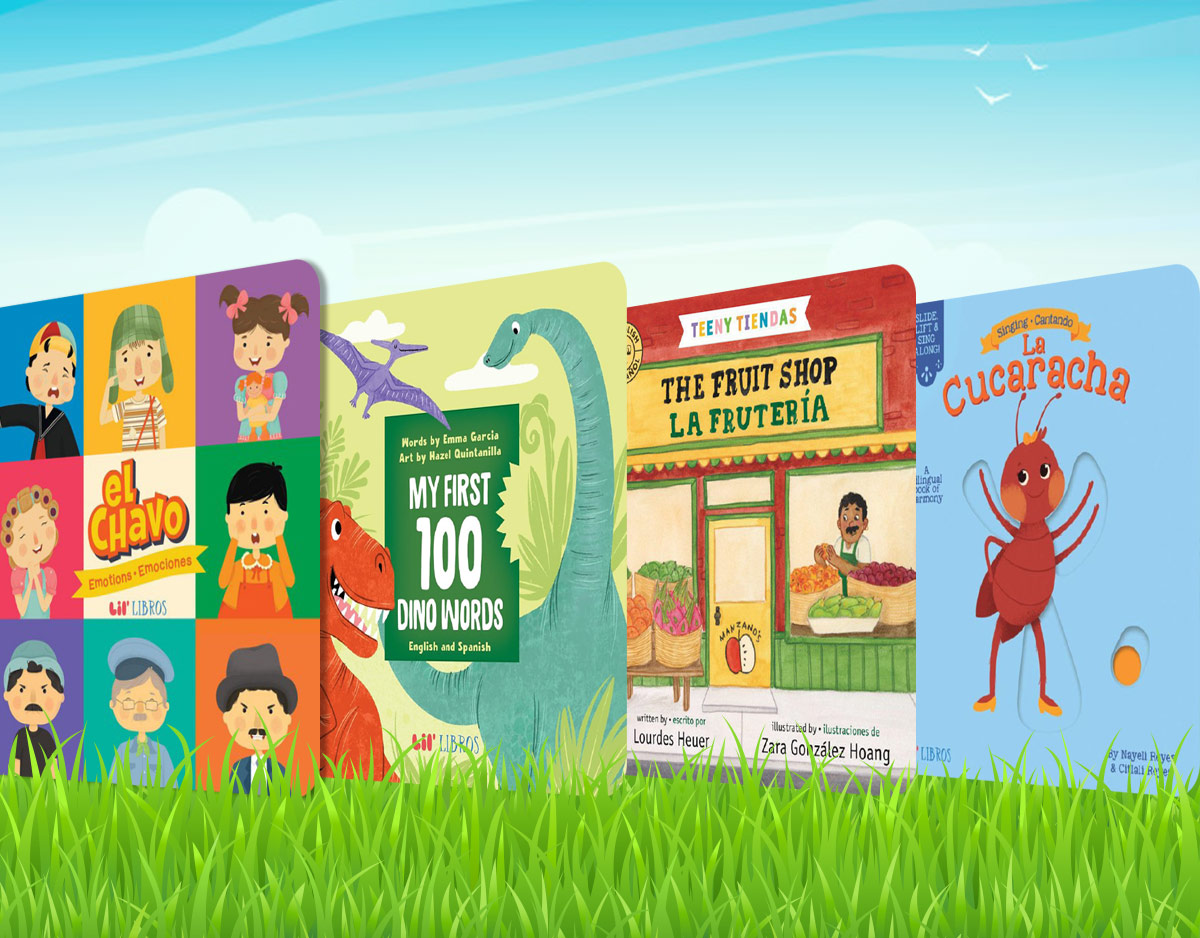
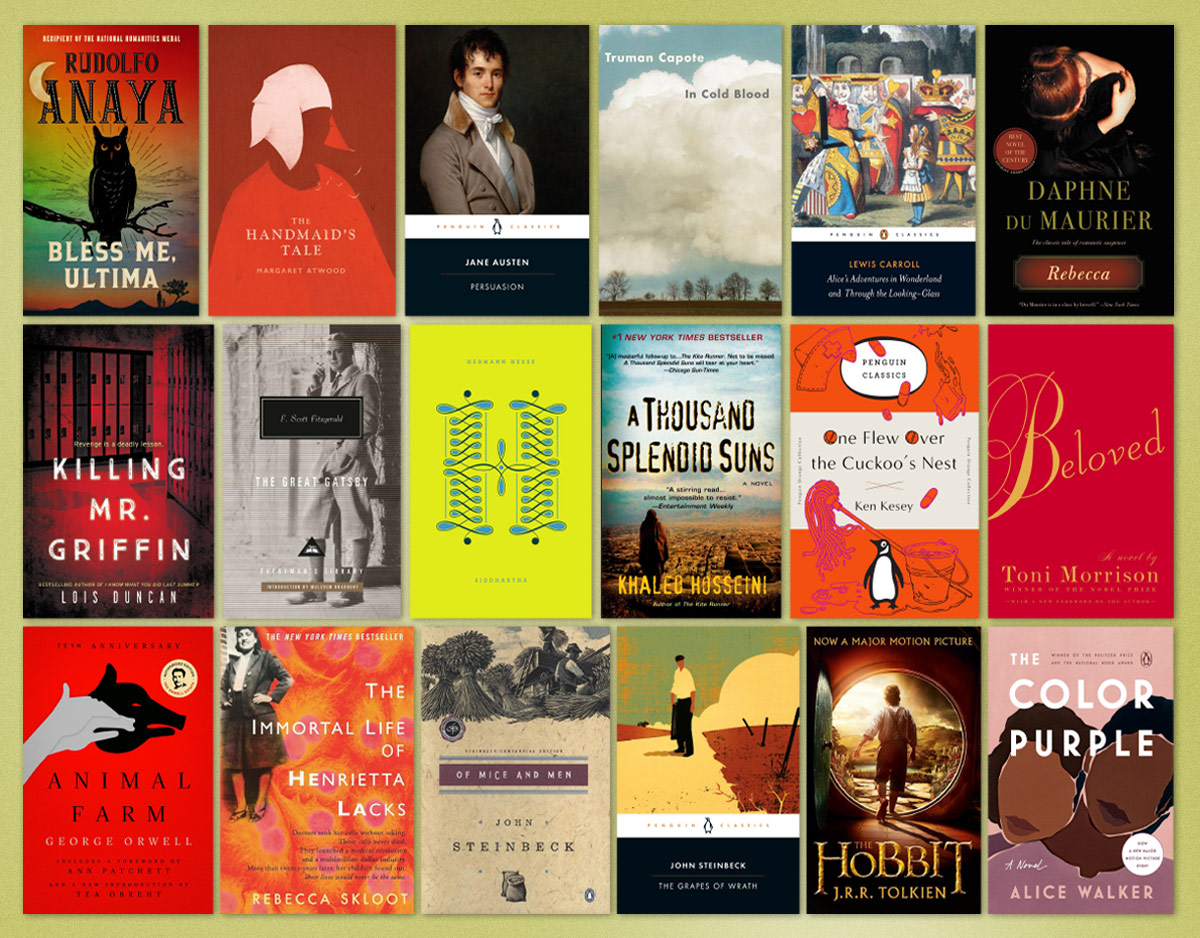
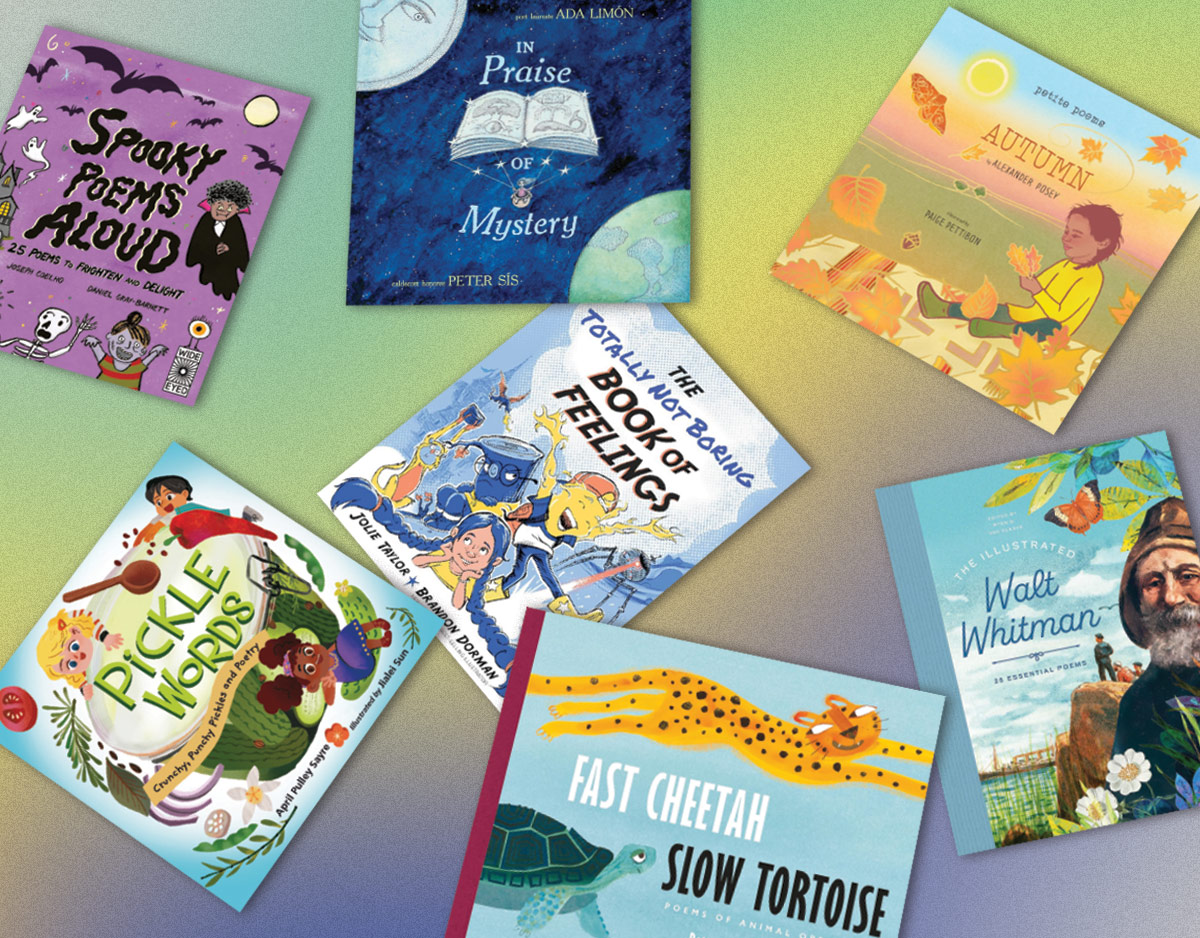
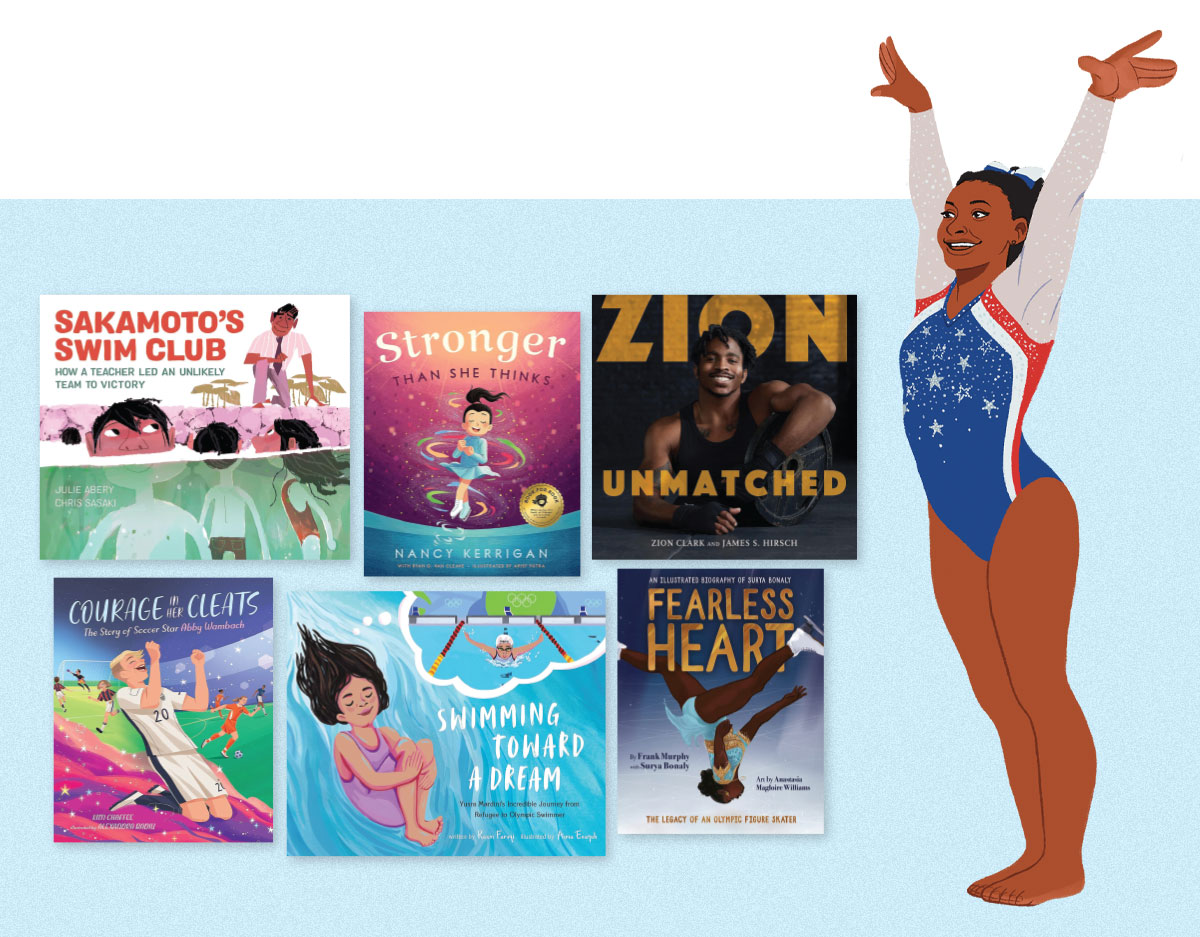
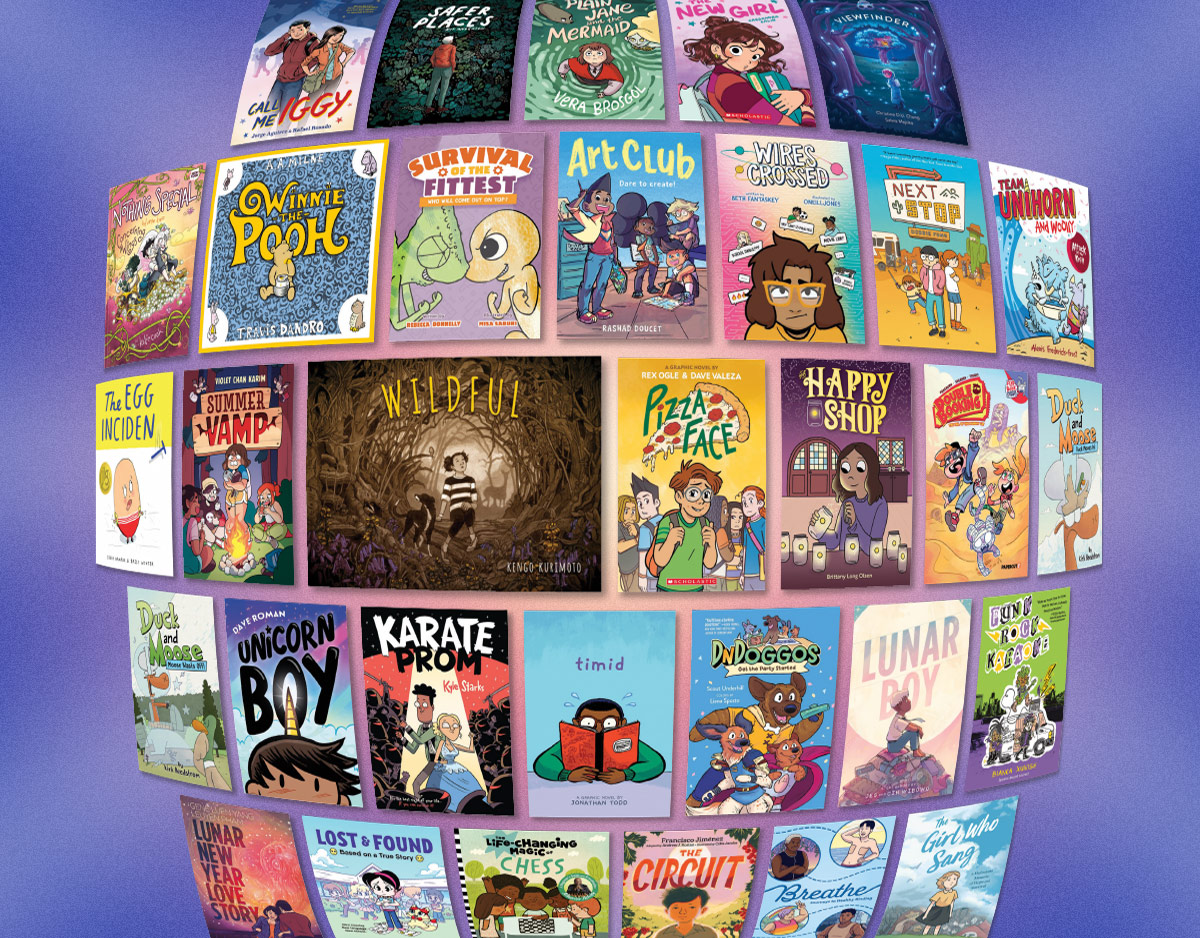
Good ideas! Thanks for sharing.